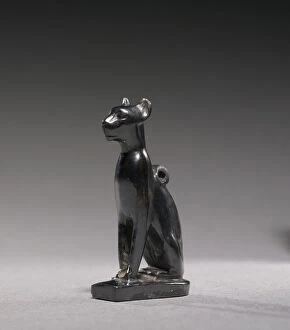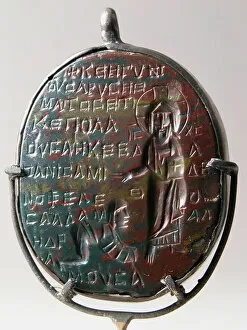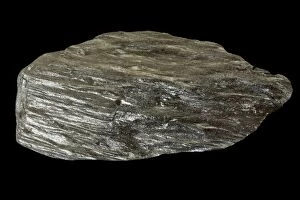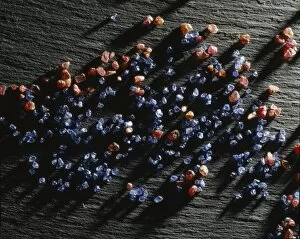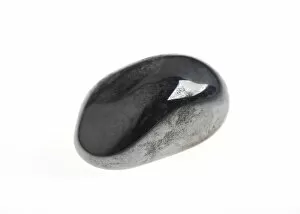Hematite Collection
Hematite, a captivating mineral with a rich history, has fascinated civilizations throughout time
All Professionally Made to Order for Quick Shipping
Hematite, a captivating mineral with a rich history, has fascinated civilizations throughout time. From ancient Egypt to modern scientific discoveries, its allure remains unwavering. In the Late Period of Egypt's Dynasty 26-30 (664-332 BCE), unknown creators crafted exquisite amulets like the Amulet of Two Fingers and the Amulet of a Headrest from hematite. These intricate pieces held symbolic significance, believed to offer protection and guidance in both life and death. During the Middle Kingdom-Early New Kingdom (Dynasty 12-Early Dynasty 18) in Egypt, an unguent vessel made showcased the craftsmanship of this era. This vessel likely contained precious oils or perfumes used for religious rituals or personal adornment. A fascinating artifact featuring the Cylinder Seal with a Two-Humped Camel Carrying a Divine Couple. This seal represents trade connections between ancient cultures and highlights how hematite was valued not only for its beauty but also as a medium for artistic expression. The Amulet of Bastet, dating back to c. 1069-715 BC, showcases hematite's enduring popularity as it was often used to create protective charms associated with various deities in Egyptian mythology. Another intriguing use can be seen in the Weight in the Form of a Hippopotamus Head from c. 1540-1296 BC. This weight demonstrates how even mundane objects were adorned with this mesmerizing mineral during ancient times. Moving forward through history into Coptic times (6th-7th century), an amulet carved in intaglio using hematite reflects cultural shifts while still appreciating this versatile material's aesthetic qualities. Beyond its historical significance, scientists like Paul Ehrlich recognized hematite's importance within their fields. Ehrlich, known as one of Germany's pioneering bacteriologists during his lifetime from 1854-1915, studied the mineral's properties and its potential applications in medicine.





